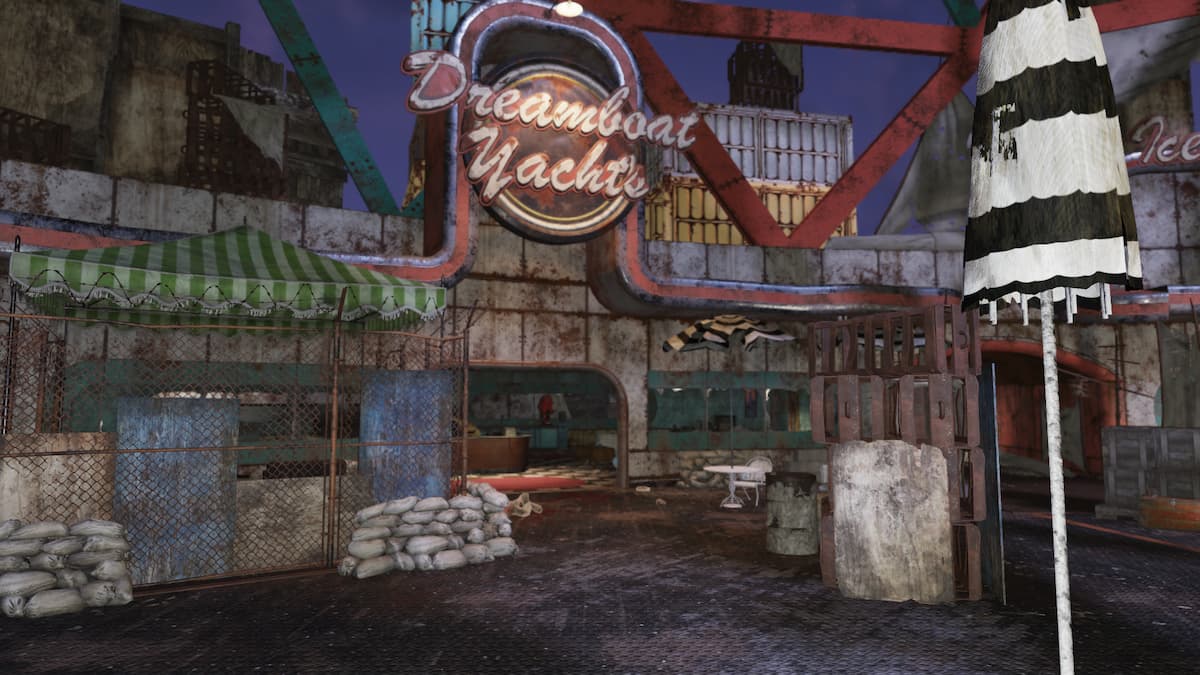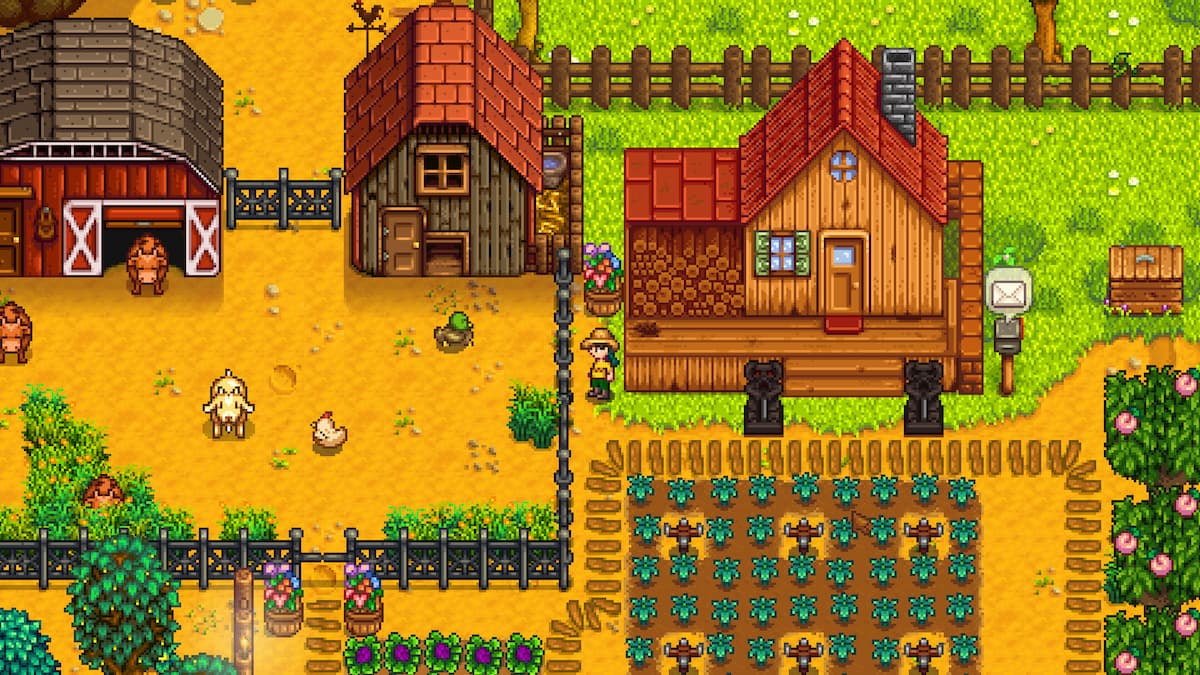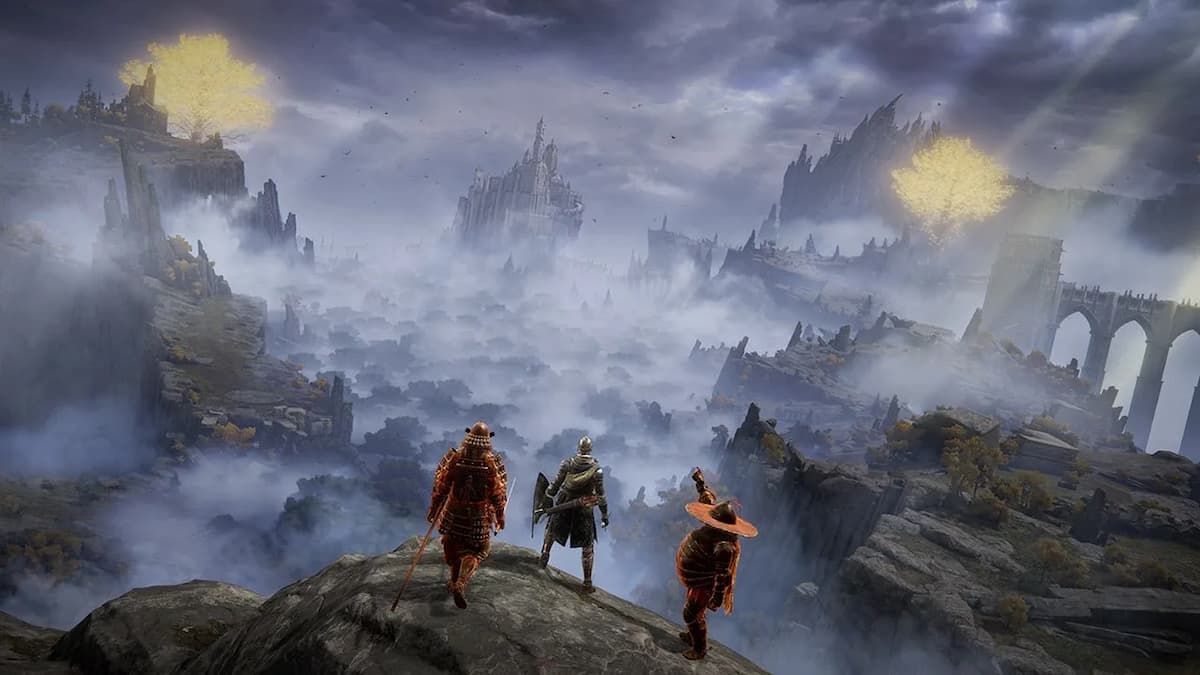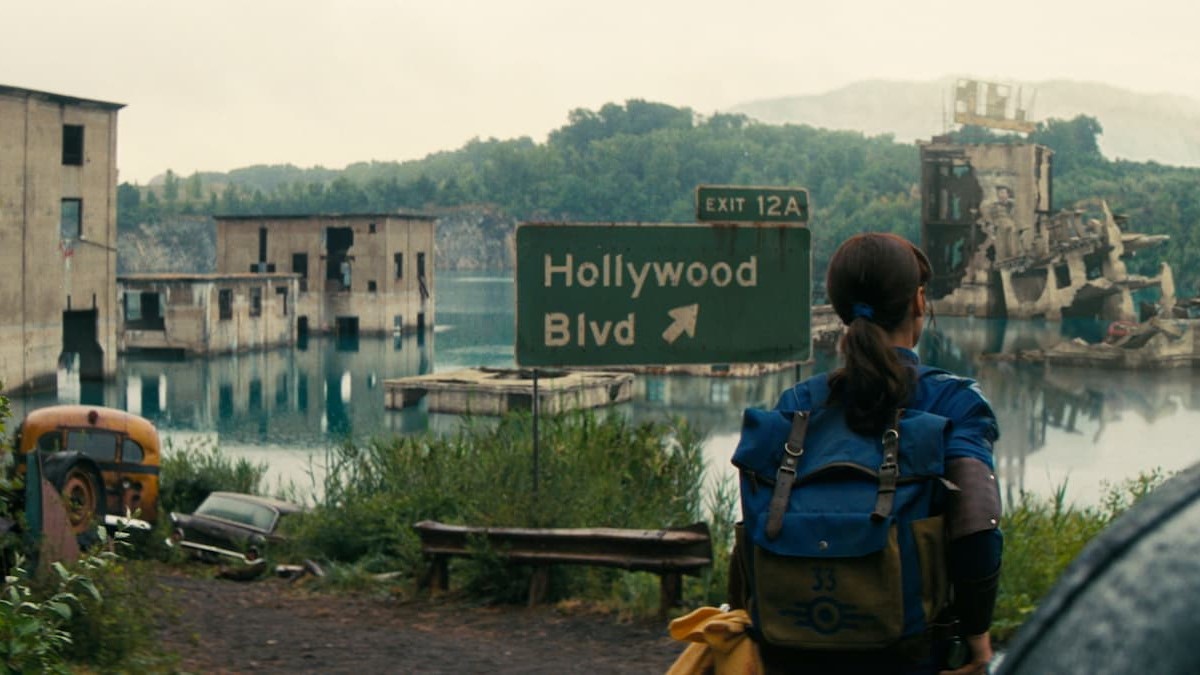Consider, if you will, the sad saga of a friend of mine, whom I’ll call Tim. His name wasn’t Tim, but that’s not the point. The point is that Tim wanted very much to run 8-person Operations in Star Wars: The Old Republic, and thus Tim started a guild designed to gather people to run said operations.
Alas for poor Tim, he started said guild with six people, counting himself. And thus began an uncomfortable cycle. Someone new would join, and Tim would be excited because the guild was now closer than ever! But there would be a recruiting stall from there, or another person would join but one person had to finish leveling a character, or something kept him just shy of critical mass. And then someone left. And suddenly he was back to being almost there without ever quite reaching his goal.
Were there reasons why Tim wasn’t able to make that transition from “almost” to “actually there?” Many, which could provide fodder for many more columns. But the point of this story is to show a universal truism: size matters with guilds. And just like you want to determine the right size of food you order at a restaurant (a party platter for twenty people is a poor choice if what you really want to eat is a light snack), you want the right number of people for what you actually hope to accomplish. So let’s look at those numbers, even if we might have to use…math.
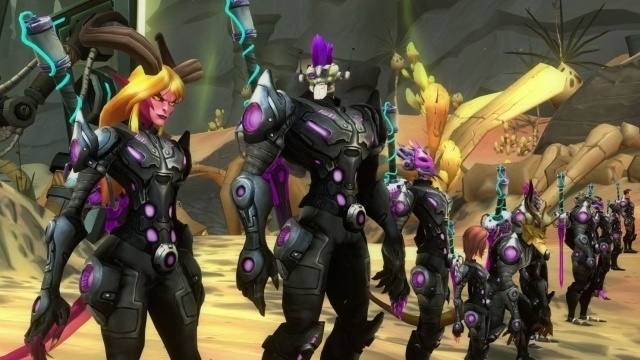
Structure and buffers
Let’s just put this down right here. In order to make a guild work if you want to do team-based content, you usually need 1.5x as many members as you’d need players for an average run. If your group’s FPS of choice has teams of five, you want 7-8 members. Running a game with a dozen people per raid? About 18 people sounds good.
This is around what I’d consider the bare minimum for reliably running things as a group. Why more than the minimum? Because people get tired, or they get busy, or they forget about the time slots or whatever. You want enough people around so that when things don’t go perfectly (and they will never go perfectly) you don’t find yourself suddenly unable to fill out the rest of your group.
It also means that there’s less concern over players winding up burning out on the same content, because there’s built-in wiggle room; members can take breaks, change their play schedules, and so forth without screwing over everyone else. Yes, it means that everyone will need to be on some sort of rotation in the event that everyone does show up, but planning for contingencies when everything works exactly perfectly is far easier than planning for contingencies when everything goes wrong.
It will more frequently go wrong.
Of course, it also just provides a pool of people from whom you can draw, and the reality is that it’s worth considering other setups.

The social side
Let’s assume that your group isn’t just there for running content or whatever; you’re not trying to make championship status, you just like League of Legends and want a group of fellow people who like the game to chat with. Assuming you have a solid focus as discussed before, that’s totally valid. It also means that youre requirements for numbers are vastly different, because your concern isn’t how many people you field; it’s about a sense of camraderie.
Fortunately, the basic concept still applies. In a content-oriented group, you want enough people to run content and enough people to serve as backup. That same core philosophy extends and can be a simple guideline for minimum size pretty much everywhere.
Are you running a community group dedicated to teaching new League of Legends players how to play? Then you want enough people with experience to teach players, plus 1.5x as many teachers. (Or, alternately, you can’t take on any more students than two-thirds of your teachers can teach.) Do you have a World of Warcraft roleplaying guild? You want at least three people to ensure that it’s not just the same two people roleplaying with one another. And so on and so forth.
“Right, but we’re more of a general social group!” And that’s keen, but one of the nice things about general social groups is that that’s more of an expansion to the function rather than the core. “Talk” isn’t a focus for a guild, but “running dungeons with talking” is totally valid. So your World of Warcraft dungeon guild needs about eight people to get moving, but you can fill in around the edges with more people as you wish… and with time, those people there for the talking can start to become there for the runs as well, or you start having a stronger social presence in general.

Over maximum
You’ll note that I’m focusing a lot on what these guilds need as minimums, but there are maximums just as surely. Because past a certain point, structured groups are a detriment rather than an asset.
Say your community group for Heroes of the Storm is slated to have 15 people at a minimum, because you want to be able to field matches between friends. That’s a good enough size that everyone can know one another, at least in passing. But twice that number might already be too high, because the odds of you knowing twenty-nine other people well enough to feel comfortable and welcome playing against them are a bit low. You may as well be in a random match anyhow.
In a roleplaying guild in an MMO, having so many people that you don’t know more than a fraction of them is a detriment. Larger guilds for large content can be a definite asset – you’ll want 30 people for 20-person raids as a bare minimum, after all – but if you have multiple groups acting wholly independent of one another, are you really in the same group any longer? Or are you just not splitting off formally out of nostalgia? (Or some actual benefits that would be difficult to organize, that’d be fair.)
The point is that while minimums are important, maximums need to be considered as well. And if you’re going to think about the group with an eye toward that, you also can’t be first and foremost concerned about the idea that you need more members at all costs. Members are great, members are nice, but having a larger roster alone isn’t a reason for people to bond together. Do you want to be the person on Facebook with 200 friends that you don’t know, or 10 friends you speak with constantly?
Maximums are more fluid than minimums, though. It all comes down to comfort and effective gathering. There’s something to be said for people who prefer large guilds, and it’s totally valid to say “I just really like having piles of people around.” But it’s also important to recognize that past a certain point in size, your extra membership is only useful for the goal of having more members, not providing an effective environment for anything else.
Overall, just make sure that your guild is big enough to do what it needs to do. But also make sure that it’s not so big that it’s becoming a hindrance to achieving those same goals.


